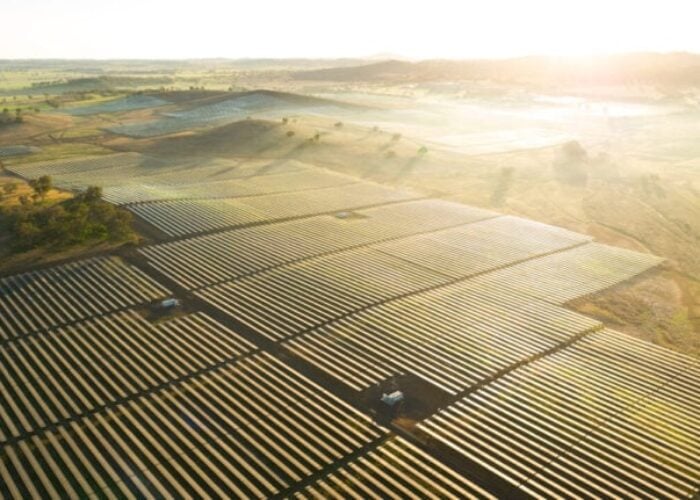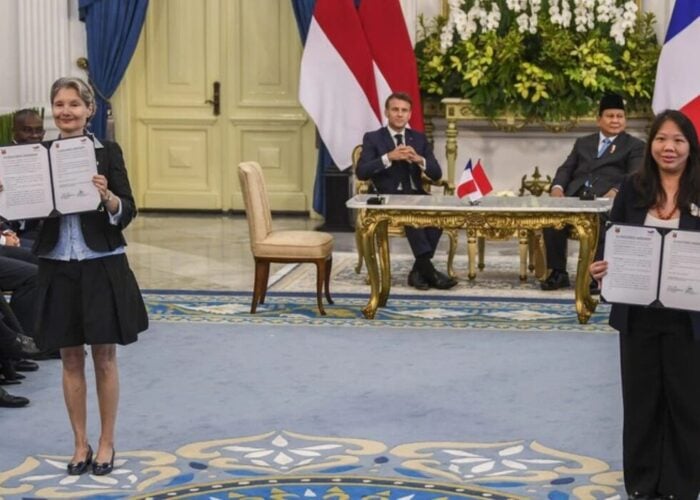
The European Commission has targeted a 90% share of EU electricity from renewables by 2040 – mostly solar and wind – and complemented by nuclear energy, according to a leaked draft first obtained by French media Contexte.
Under these conditions, the European Union will require “substantial” investments in expanding its power grid, while upgrading to smarter and more flexible grids.
Unlock unlimited access for 12 whole months of distinctive global analysis
Photovoltaics International is now included.
- Regular insight and analysis of the industry’s biggest developments
- In-depth interviews with the industry’s leading figures
- Unlimited digital access to the PV Tech Power journal catalogue
- Unlimited digital access to the Photovoltaics International journal catalogue
- Access to more than 1,000 technical papers
- Discounts on Solar Media’s portfolio of events, in-person and virtual
“New interconnectors, expanded distribution grids, energy storage facilities, dispatchable energy supply, flexibility market solutions, and sector coupling will be needed to ensure flexibility and security of supply of the whole energy system,” reads the draft document.
“Further initiatives will also be needed for networks, storage and flexibility market solutions as a key element to decarbonise and electrify the economy, smarten the grids, reduce the price volatility in peak homes and empower consumers to adapt their consumption to market conditions and their own local needs.”
The draft highlights the importance of a framework that supports the industrial transformation as a precondition for a successful transition, showcasing the EU’s competitive advantage in sectors such as wind power, hydropower or electrolyser, though not solar PV.
As more and more European solar manufacturers are shutting down their plants in Europe – with Meyer Burger as the latest one to do so – it remains to be seen if the EU can reshore a domestic PV manufacturing industry, as the situation is agreed to be dire.
Moreover, the draft highlights the approaches of both China and the US in terms of the technological race and that Europe “must seize its own leadership role in this race”. Both the Critical Raw Materials Act and the Net Zero Industry Act are to play a key role in the scaling up of domestic manufacturing capacity, processing and recycling, strategic projects and easier permitting across technologies and infrastructure, among others.
“A set of appropriate policy tools to monitor and anticipate emerging threats to the security of supply could complement these initiatives,” reads the draft.
For the EU to meet its 2040 target, member states will need to successfully implement their 2030 energy and climate package, with an updated version of the National Energy and Climate Plans (NECPs) to be submitted by June 2024. Most countries have so far already submitted a draft version of it, updating their solar targets, with Germany (215GW), Italy (80GW) and Spain (76GW) leading the charge in solar PV targets by 2030. However, the European Commission called on governments to “enhance their efforts” to accelerate the energy transition last December.
Ahead of the climate target plan for 2040 to be unveiled on Tuesday 6 February, 11 member states – including Spain, France, Germany and the Netherlands – have called on the EU to set an ambitious climate target for 2040. The joint call can be read here.







